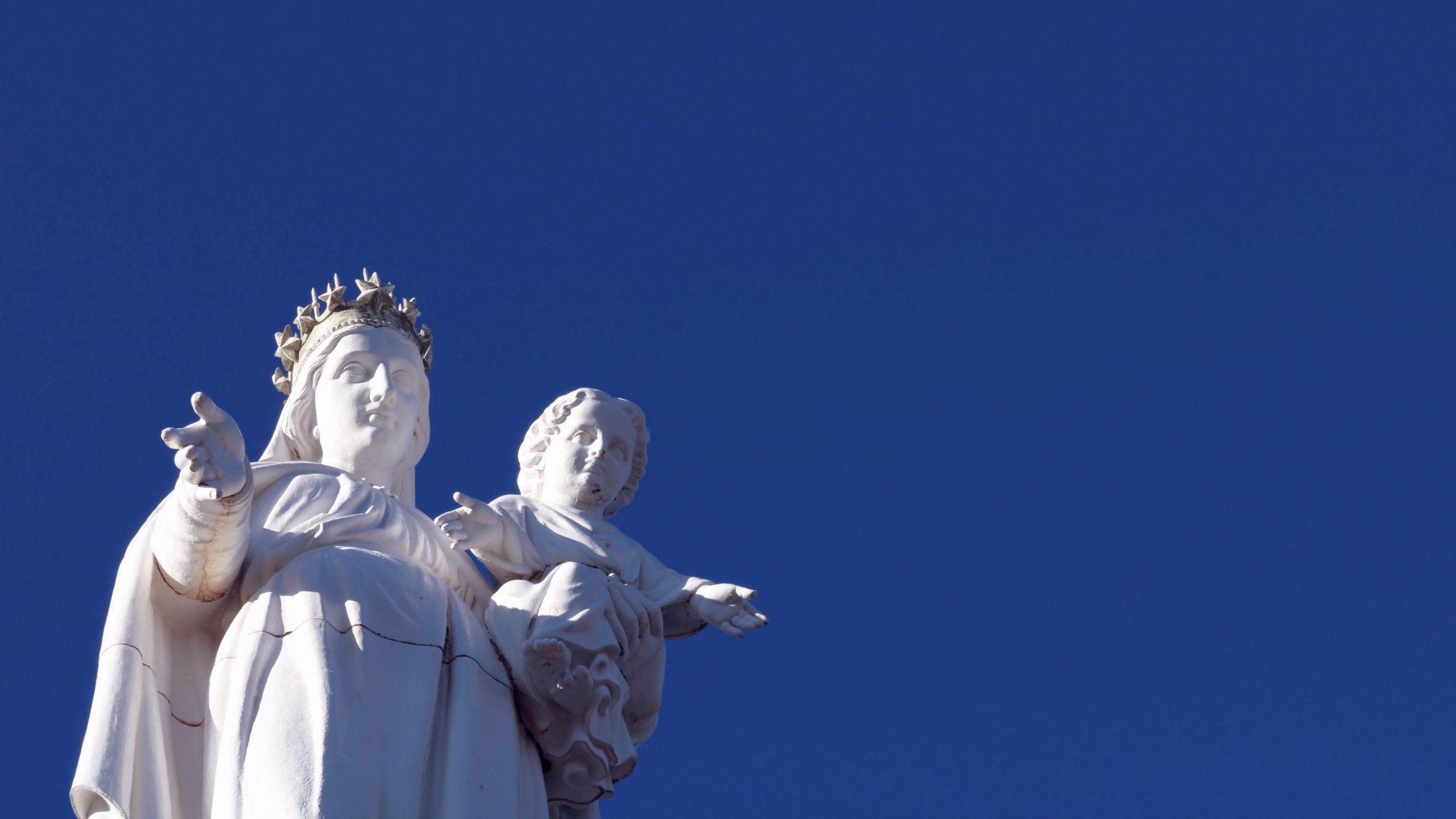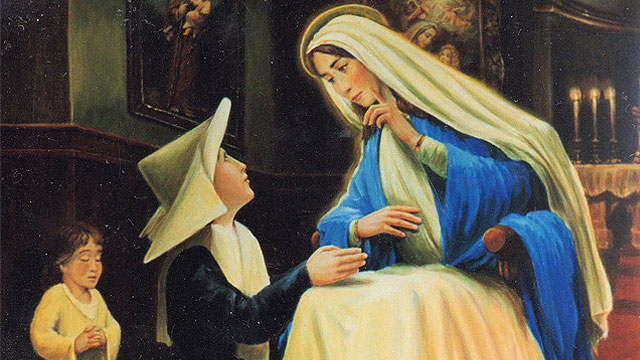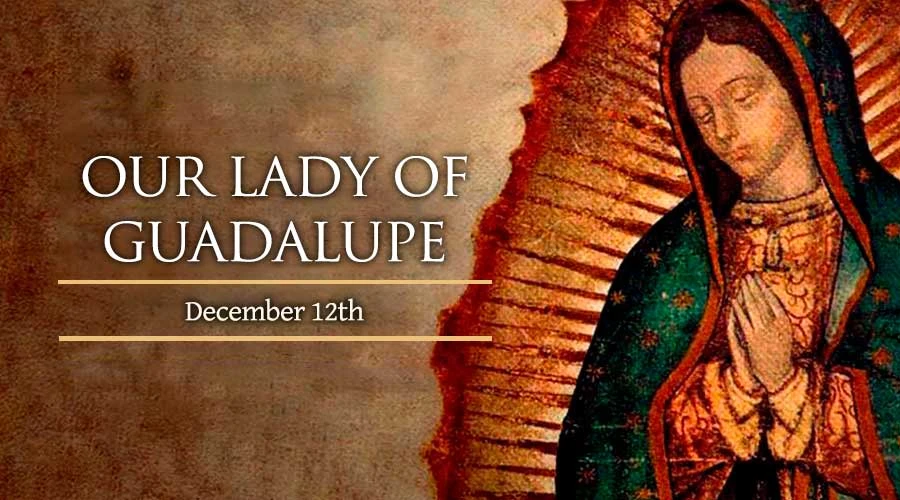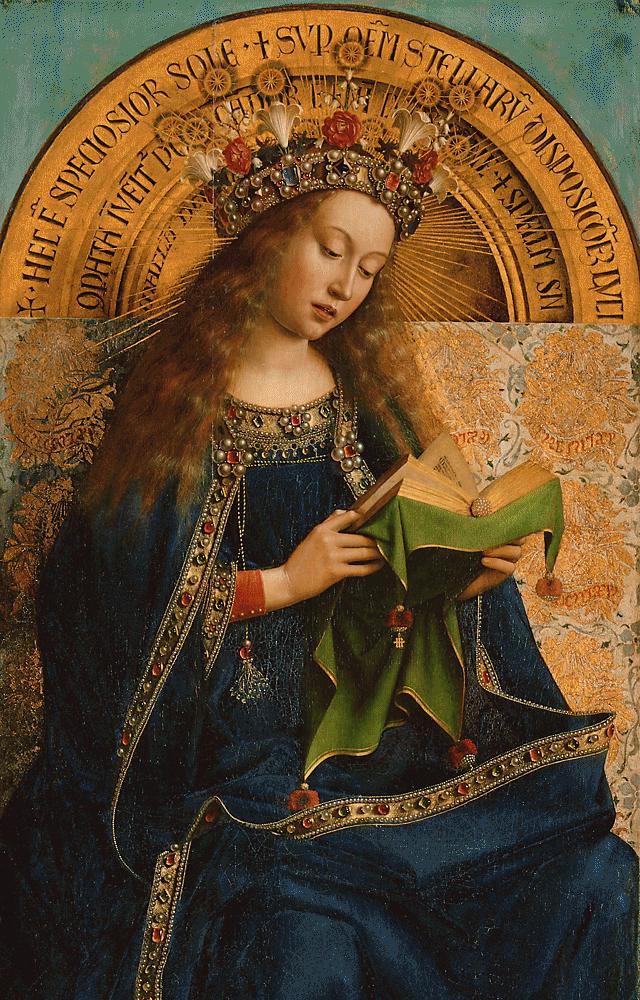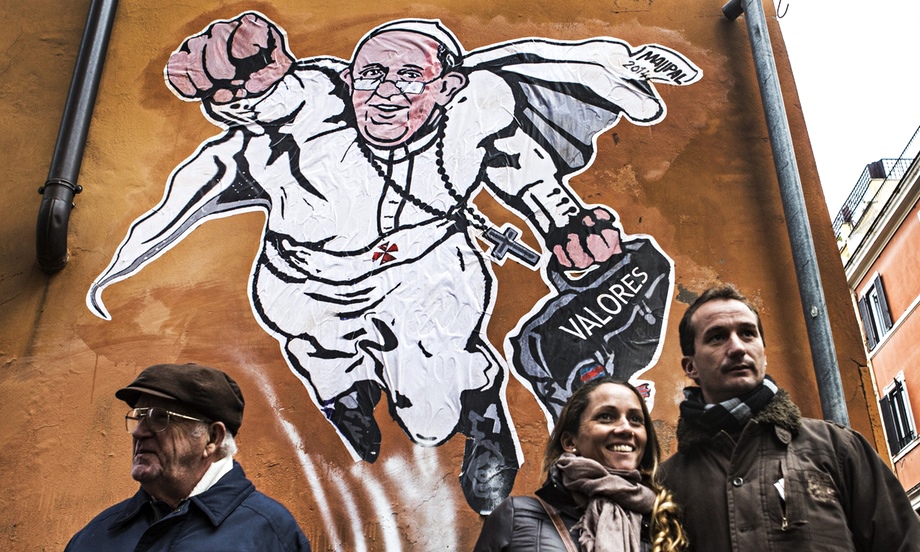September 2020
My dear friends from Chaminade, Kellenberg, and St. Martin de Porres Marianist School,
A favorite Gospel passage of mine (Matthew 15: 21 – 28) tells the story of a Canaanite woman who beseeches Jesus to heal her daughter. “Have pity on me, Lord, Son of David! My daughter is tormented by a demon.” Initially, Jesus remains unmoved by the woman’s desperate cry for help. To be honest, His response might very well strike us as callous. At first, He ignores her. Seconds later, He rebuffs her request: “I was sent only to the lost sheep of the house of Israel.”
The Canaanite woman, however, refuses to take “no” for an answer. “Please, Lord,” she said, “for even the dogs eat the crumbs that fall from the table of their masters.”
Apparently, Jesus is, in common parlance, “blown away” by the Canaanite woman’s indomitable spirit and ingenious reply. So, Jesus does an about-face: “O woman,” Jesus answers, “great is your faith! Let it be done for you as you wish.” And her daughter was healed from that very hour.
Two words come to mind in connection with this story from the Gospel of St. Matthew: crumbs and evolution.
First, crumbs. “Please, Lord, for even the dogs eat the crumbs that fall from the table of their masters!” The first point I wish to make is a simple one, really. To whom do we give only the crumbs of our attention and affection, if that? Who in our midst has to be satisfied with nothing more than the crumbs, the scraps, the leftovers?
We could look at this question from a couple of different angles. From a personal point of view, with whom am I generous, interested, concerned, and compassionate? And, with whom am I stingy, bored, apathetic, and hard-hearted? Which family members, friends, and acquaintances elicit a warm, empathic response from me, and who leaves me cold and uninterested? Some folks receive quite a bit of attention from us, and others are easily overlooked. Of course, there are going to people to whom we are more naturally drawn, and people with whom we feel less close. But to what extent are we trying to counterbalance these natural feelings with divine charity?
Who’s getting the crumbs of my affection and attention, if that? In Matthew 25, Jesus reminds us, “Amen, amen, I say to you: Whatever you did to the least of my brothers and sisters, you did unto me. And whatever you did not do for the least of my brothers and sisters, you did not do unto me” (Mt. 25: 40). Can we manage more than crumbs?
Of late, another dimension of scraps and crumbs has been on my mind. It’s personal, but it’s also societal. It is, to use a word that has become a lightning rod and that probably strikes many of us the wrong way, systemic. I’m thinking about poverty, about disparity of opportunity, about disproportionate rates of incarceration, about homelessness.
On a Sunday afternoon in late July, one of the Brothers and I walked extensively in the city, from Penn Station (32nd Street) up to Central Park (59th Street) and then throughout the park up to about 75th Street, where we “found” a quaint little restaurant with outdoor tables and enjoyed a nice Italian meal. (Well, found is actually the wrong word. Those who know me know that I had it all planned in advance.) In Penn Station and on our way uptown, we ran across quite a few beggars and homeless people – more than usual, I thought. We gave a buck or two to one particularly heartbreaking case – crumbs, scraps really. The rest we passed by.
On our way home, when we arrived at the Mineola train station, I saw a homeless man, sound asleep, in tattered clothes, ill-shaven and dirty, curled up against one of the brick pillars of the Intermodal Transportation Center and Parking Facility. I’m used to seeing this kind of thing in the city, I thought to myself, but this is really close to home. How can this be, I wondered, in one of the wealthiest counties in the wealthiest country in the world? Crumbs. Scraps. Buddy, can spare some change? A dime? “Please, Lord, for even the dogs eat the crumbs that fall from the table of their masters.” I know the problem is multi-layered, and I know there is no easy fix, and I know I’m part of the problem, but, man, “even the dogs eat the crumbs that fall from the table of their masters.” The Canaanite woman’s impassioned plea haunts us down the ages. Her reality is shared by many and forces us out of our comfort zones.
Crumbs . . . and evolution. Now, I am not speaking about natural selection and Darwinian evolution here. Instead, I’m simply talking about change. Because, in this well-known passage from the Gospel of Matthew, Jesus changes. The unmoved mover is clearly moved. “Send her away, for I was sent only to the lost sheep of Israel” is Jesus’ initial and seemingly hard-hearted response the Canaanite woman’s dire need. But, by the end of the story, Jesus changes. Moved by the woman’s perspicacity and perseverance, Jesus exclaims, ‘O woman, great is your faith! Let it be done for you as you wish.”
Did Jesus just change his mind? It seems that he does an about-face – moving from cold indifference to an enthusiastic embrace. Is it possible that the God-man had been wrong? That He was fallible? But at least that He finally got it right?
I don’t know. I don’t have the theological training to answer that question adequately. And, in the long run, I don’t know if it’s even the right question. I think the important point about this Gospel story is that Jesus is modeling for us what change looks like, what an evolution in thinking looks like. And he’s signaling to us that both are OK. In fact, they’re not only OK; they are necessary and noble.
We learn something new. We take in new data. The new data challenges our previous assumptions. And we change our thinking. What could be more noble?
Indeed, such evolution in thinking, either slowly or suddenly, is the basis of faith and the catalyst that has brought so many to belief and even to sainthood: St. Peter: “Leave me, Lord, for I am a sinful man” (Luke 5: 8). The repentant thief: “Jesus, remember me when you come into your kingdom” (Luke 23: 42). St. Paul: “I live no longer, but Christ lives in me” (Galatians 2: 20). St. Francis of Assisi. St. Ignatius of Loyola. St. Teresa Benedicta of the Cross. Dorothy Day. Jacques Maritain. The list goes on and on.
Let us never underestimate the sea-change that is Christianity. We have evolved from a nationalistic religious tradition tied specifically to the house of Israel to a truly Catholic Church that embraces both Gentile and Jew. St. Paul argued vehemently that circumcision no longer be a requirement for affiliation with the Lord, and he won the debate. Further, the intricate dietary rules of the Old Testament gave way to the simple advice of St. Peter: “Instead, we should write and tell them to abstain from eating food offered to idols, from sexual immorality, from eating the meat of strangled animals, and from consuming blood.” (Acts 15: 20) It is instructive as well to remember why St. Peter advised this: “that we should not cause trouble for the Gentiles who are turning to God.” (Acts 15: 19)
I think we often fear change, imagining that change will shake us to the very foundations – that what we hold as central will be lost. But, remember St. Peter. Remember St. Paul. Remember the Early Church. Remember Christ. Every one of them initiated profound change.
A favorite church of mine is the Basilica of St. Mary Major, dedicated by Pope Sixtus III around the year 435 in the Eternal City of Rome, a healthy walk, but nonetheless within walking distance, of our own Marianist General Administration in Rome. One of the four major basilicas in Rome, the church retains the core of its original structure from the late 420s, despite several additional construction projects and repairs to the damage caused by the earthquake of 1348. Like the Catholic Church itself, Santa Maria Maggiore is built on a solid core that has undergone and been strengthened by adaptation and change.
Believe it or not, that last phrase, adaptation and change, is one of the five characteristics of a Marianist education. “Nova bella elegit Dominum.” “The Lord has chosen new wars for us,” as Blessed Chaminade was fond of saying. New frontiers of spreading the faith. New approaches, new methods befitting a new generation who are, in St. Paul’s words, turning to God.
Evolution: staying true to our roots, but allowing for adaptation and change as well. And not only allowing for adaptation and change, but embracing it. As Pope Francis has reiterated several times during his papacy, “The Church is not a museum. . . . it is a living spring from which the Church drinks to quench thirst and illuminate the deposit of life.”
The eminent convert to Catholicism, Saint John Henry Newman (1801 – 1890 A.D.), put it this way: “To live is to change, and to be perfect is to have changed often.” “Growth is the only evidence of life.” The recently canonized saint wrote extensively about the development of doctrine, distinguishing it carefully from what he called the corruption of doctrine. In fact, he enumerated seven “notes” or characteristics of authentic developments, as opposed to doctrinal corruptions, in his famous work, “Essay on the Development of Christian Doctrine.” Cardinal Newman instructs here in a couple of ways: Change can be good or bad. Good change demonstrates some kind of continuity with the tradition. It is a development, not a rupture. In fact, some change might mean shoring up traditions that have fallen by the wayside – a course correction on the recent past, so to speak, so that we might be more faithful to our roots. But one thing is for certain: “To change is to grow. Growth is the only evidence of life.”
My dear friends, I believe that we are living in transformational times. The current coronavirus pandemic, the cancel culture, the simmering racial tensions in our country, shifting demographics, non-traditional forms of family, widespread distrust of the basic institutions of society, an ongoing revolution in technology, deep divisions not only in our nation but in our Church, and an epistemological crisis that calls into question the very trustworthiness of basic information are all conducing towards significant changes – and challenges. Whether these will turn out for good or for bad remains to be seen.
As a Church, as nation, as educational institutions, and as individuals, we are going to have to engage with these changes. We cannot hide in a dusty and fusty museum of memories. We will need a nimble and creative spirit of adaptation and change to persuade the world of the vitality of our core Catholic principles and beliefs.
Back in the fifth century A.D., St. Augustine referred to the Gospel as a “beauty ever ancient, ever new.” Augustine’s paean to our core value, the Gospel, prompts all of us to ask how we can honor our history with the reverence that it deserves and, at the same time, “dream with a holy boldness,” as one author put it, about the future? In a rapidly changing world, how do we preach “Jesus Christ the same yesterday, today, and forever” (Hebrews 13: 8)?
I don’t pretend to have the answers to all these questions. I only know that they will require our full attention – not the crumbs and scraps and fragments of a passing consideration – but the wholehearted commitment of a people devoted to, in love with, and on fire for a “beauty ever ancient, ever new.” That beauty, of course, is Jesus Christ: the same yesterday, today, and forever. He is the ultimate answer as we seek to discern the answers to all the other questions of these uncertain and challenging times – Jesus Christ: “the Way, the Truth, and the Life.” (John 14: 6).
On behalf of all my Marianist Brothers,
Bro. Stephen Balletta
Help us to mail Magnificat to you each month, without interruption. We know that some of you are back on campus now, while others will be taking classes at home, online. Let us know what your particular situation is by using this link and filling out the Google form:
https://forms.gle/AwJoupEm8zJKVaNo9
P.S. Do it today!











